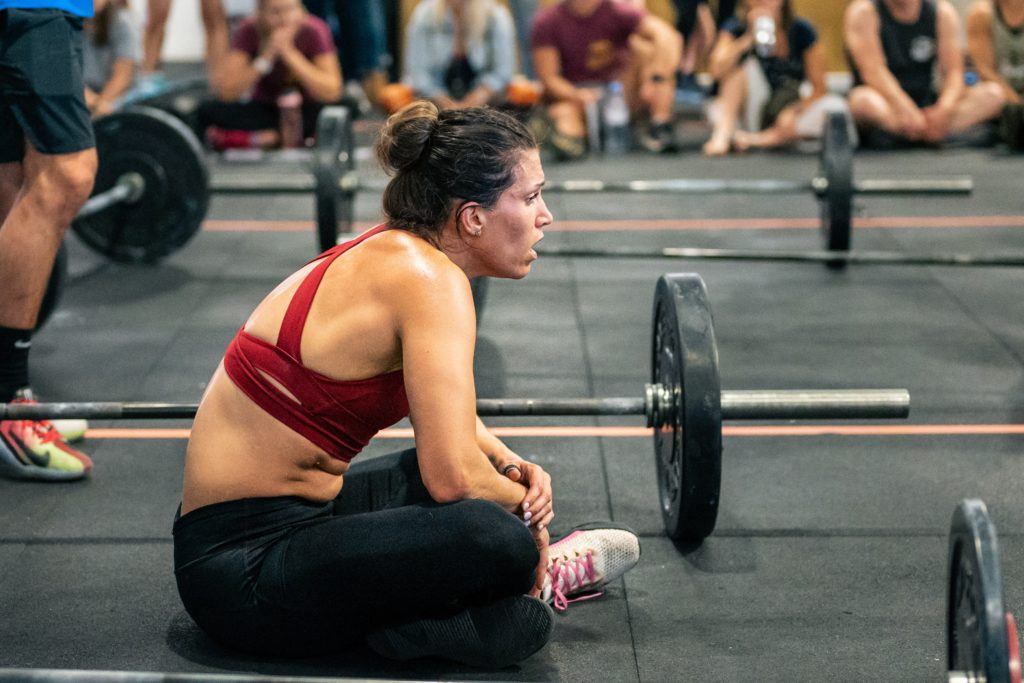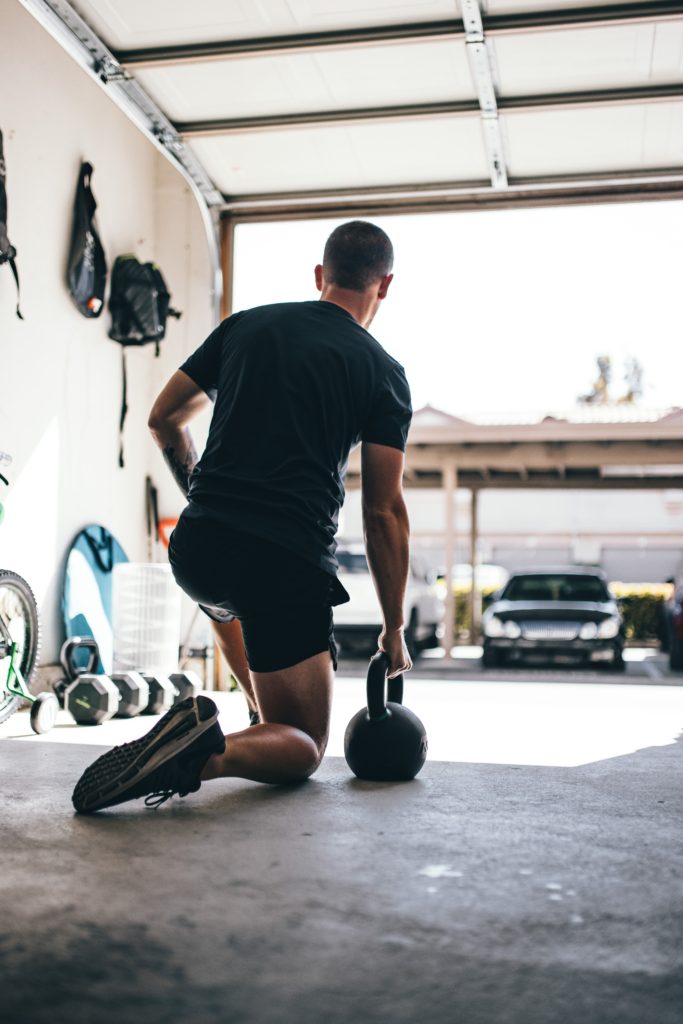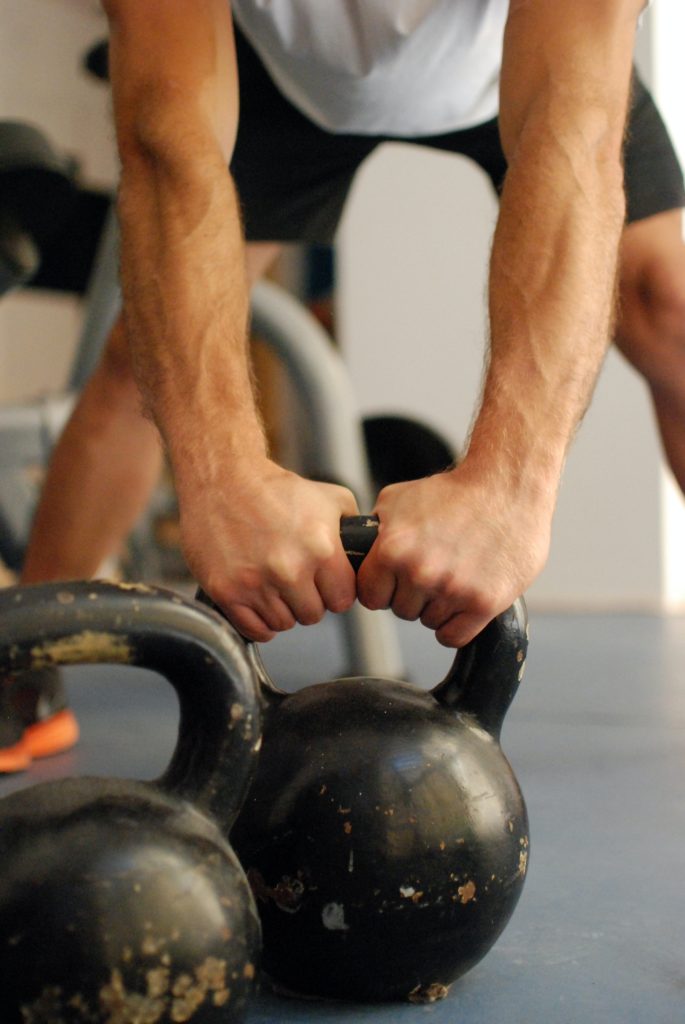Workouts
When Should You Do Farmers Walks?
There are 3 times you can do farmers walks: before or after your workout and on days you don’t lift weights.
Doing them first in your workout is great for making every muscle in your body stronger. Adding farmer’s walks to the end of your training session really helps you build strength-endurance without compromising performance of other exercises. Doing farmers walks on your days off can help you recover faster and improve your work capacity.
In this article I go over the pros and cons of doing farmers walks at each of these times of your workout. After reading you’ll know when and how to do them to help you reach your goals.
Table 1 – When To Do Farmer’s Walks
Legend: X = okay, XX = good, XXX = great
| Goal | Pre-Workout | Post-Workout | Off Days |
| Get stronger | XXX | X | XX |
| Increase Cardio | X | XX | XXX |
| Recovery | XXX | ||
| Improve Strength Endurance | XXX | XX | |
| Warm-up/Rehab | XXX |
3 Times To Do Farmers Walks
1. Doing Farmers Walks At The End Of Your Workout
This is probably the most popular time athletes for us to do weighted walks. I think the reason for this is that people like to do them as a ‘finisher’. You know, something super hard that really finishes off your strength and endurance after you’ve already done your workout.
Think of doing carries this way as a 10-15 minute HIIT workout with weights.
When you do farmers walks as your finisher you’ll build something called strength-endurance. Simply put, it’s the ability to do intense exercise, often with heavy weights, for an extended period of time.
Try carrying a heavy weight for several sets over 20-40 yards. Rest less than a minute between walks. That’ll build strength endurance.
After doing them consistently for 1-2 months, you’ll have the endurance to go longer and harder without gassing out. Your entire body from your feet, to your shoulders will be stronger too.
You’ll be rested and strong for other exercises
Another reason to do your walks as your last exercise is so that your as rested and ready as possible for whatever you’re doing beforehand. This is especially important if you want to focus on your strength in a specific exercise, say squats or pull ups.
‘I like to use heavy weight at a fast pace for around 25-30 seconds per set, with minimal rest between sets. Four sets usually does it. By the end, the veins in my arms are popping, my traps are feeling swole (traps are the new abs, FYI).’ Paul Landini
The Globe And Mail
Farmers Walk Finishers – Build Strength & Endurance
Building strength endurance with farmers walks has benefits that carry over to every sport. You’ll be able to keep your strength up longer so that when everyone else is tapping out you can keep pushing hard and win.
Building up this endurance is also great for just making your body all around more resilient to the stressors and requirements of every day life. Things like carrying heavy suitcases, groceries, and even furniture up several flights of stairs will feel easier than ever after you’ve done intense walks at the end of your workouts for a few weeks.
How To Add Farmer’s Walks To The End Of Your Workout
- Carry the heaviest weight possible for 40 yard walks. Repeat 5 times.
- Suitcase walks – carrying weight in one hand – for 20-40 yards with heavy weight. Do 5 walks
- Walks with moderate weight – one that gets very heavy toward end – for 1-3 minutes. Repeat 4 times.
These post- lifting farmers walks shouldn’t take longer than 15 minutes. Including rest periods.

2. At The Start Of Your Workout
Here are 3 reasons to do them first, not last in your workouts. Let’s see if any of them apply to you.
The first is that it’s a great time to do your weighted walks when your goal is to build strength. I’m talking about being stronger throughout your body. Especially your grip, core, and upper back.
Since you’re rested and can carry heavier weights when you do them first you’ll get stronger faster. Over time the weight you can lift in other exercises will increase too. Especially deadlifts, pull ups, and all types of rows.
Second, it’s also a great time to do more technically difficult walks. You’re fresh and not likely to use poor form doing trickier walks like holding the weights overhead.
Third, but still important, it’s a great time to use walks as a warm-up or prehab exercise to make your workout better and your body more resilient to injury. Here you’ll use a light to moderate weight and be more focused on technique than putting out 100% effort.
‘The key is going HEAVY. All too often, I see athletes choose weights that are much too light to provide the benefit this exercise can offer. It should be a struggle to make it 50-100 meters with the weight you choose and if you can do 100 meter repeats without setting the weight down, you probably underestimated your abilities.’ Michele Vieux
Crossfit Invictus
Why I do them first
I do farmers walks at the beginning of my workouts when my goal is to build up my strength, especially my grip and upper back/shoulders. This has a huge carryover to the sports I like to play including Jiu Jitsu and surfing. I also noticed that I’m a better hiker when I build strength by doing farmer’s walks first thing.
You’ll be somewhat fatigued after doing intense and heavy carrie’s this way. So, choose the rest of your workout accordingly. You probably don’t want to do heavy squats or deadlifts after these workouts.
A few ways to do them as your first exercise
Do these workouts with the heaviest weight possible while maintaining proper form. If strength is your main goal, rest 3-5 minutes between walks. If you want to build conditioning too, cut your rest to 30-90 seconds.
- Waiters walks (weight is overhead) – 25 yards * 5 reps
- Kettlebell/dumbbell against chest walks * 25 yards * 5 reps
- Mismatched walks – different weight in each hand. 25 yards * 5 reps
3. On The Days You Don’t Lift Weights
If you have the time and desire, you can also do farmers walks on the days that you don’t lift weights.
There are 2 ways to go about this. The first is you can do loaded carries as a workout to build strength and strength-endurance. Olympic marathoner turned strongman Ryan Hall does this by carrying a 62 pound jug of water in each hand as far as possible on the days he doesn’t lift weights. Given that he’s gone from a skinny, weak marathoner to someone that can deadlift 500 lbs. it’s safe to say these workouts are helpful.
You can also get your friends together and make a game of it, seeing who can carry the heaviest weights the longest. This is a great way to get outside, get some fresh air and sun, and have a lot of fun.
The other way is to do your weighted walks as a ‘recovery’ and work capacity – the ability to go harder and longer when you exercise – building workout. You’ll use lighter weights for these sessions.
Start with a weight you can carry for about 100 yards and build up to 10 sets per workout.
‘The farmers walks are a great way to improve conditioning, work capacity, and mental toughness.’ Justin Grinnel.

Here’s a way to do each type of workout
If Your Goal Is – Strength & Strength-Endurance
- Heaviest weight you can carry 20 yds * 4 walks. Rest 3 minutes between walks.
- Waiters walks 40 yards * 4 walks. Rest 90 seconds between walks. Alternate which arm is overhead.
- Rack carry walks * 40 yards * 2 walks
If Your Goal Is – Improved Recovery And Work capacity
- Use moderately heavy weights.
- Start with 5-10 walks of 100 yards each.
- You can also walk for time, say 10-30 minutes carrying a light to moderate weight. Make it your goal to stop and put the weight down as few times as possible.
- Alternate walking forward, backward, laterally for variety and to train different muscles and movement patterns.
Frequently Asked Questions
Is It Okay To Do Farmers Walks On ‘Leg’ Day?
Yes. Just use the guidelines I write about in this article. If your goal is to be as strong and fresh as possible for your leg focused workouts, do the walks last. This is especially true if your doing lots of squats, lunges, and similar exercises.
I’d say the same holds true for workouts that really stress your grip strength. Doing your walks as your last exercise is again a good idea. This includes exercises like deadlifts, pull ups, chin ups, and rows. They all require a strong grip, core, and back to be done effectively.
How Often Can You Do Farmers Walks?
Since they’re a pretty low impact movement you can do farmer’s walks as often as you like. Doing a mix of heavy, moderate, and lighter intensity walks 3 times a week is a good starting point.
Just make sure that you change up the types of workouts you’re doing. Alternating brief, intense, and heavy workouts with lighter walks for longer distances or times works great.
I don’t recommend more than 2 heavy farmers walk workouts a week. At least not until your in really good shape. Any more and your ability to recover may become compromised.
Conclusion
Now you know when you should do farmers walks. All that’s left is to give each way a try to see for yourself the benefits of each.
References
Struder, J.F., Newmire, D.E., Boham, M.D. et al. The Effect of an Acute Farmers Walk Exercise Bout on Muscle Damage and Recovery in Recreationally Trained Adults. J. of SCI. IN SPORT AND EXERCISE 4, 156–167 (2022).
- Why You Should Buy An AI Personal Trainer - April 5, 2024
- Before You Buy –Features Personalized AI Workouts Require - March 20, 2024
- AI Workouts Have Come To The Super Bowl - February 7, 2024

